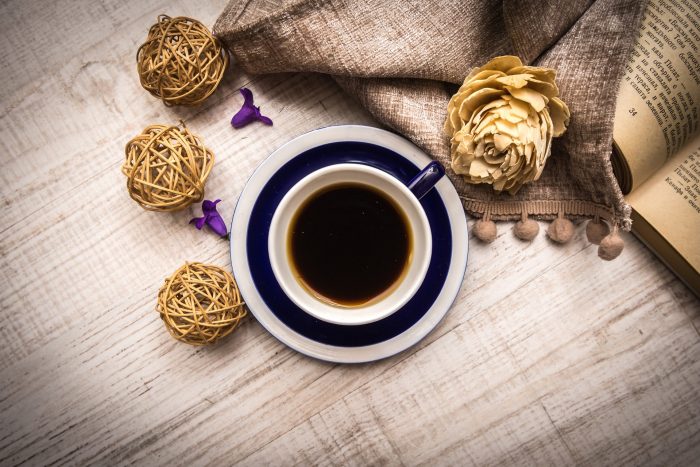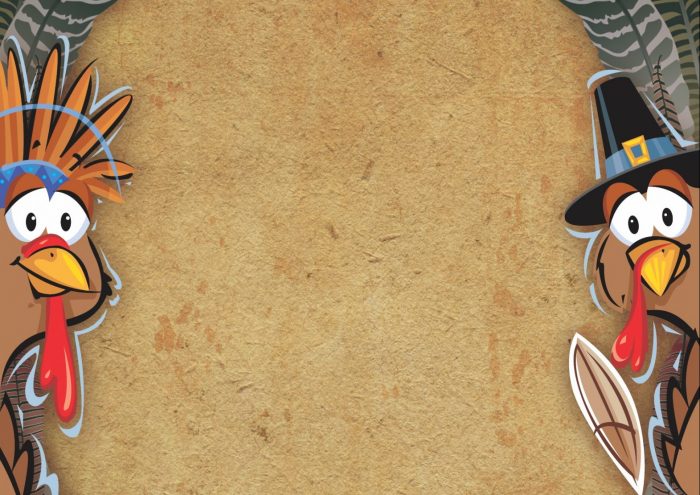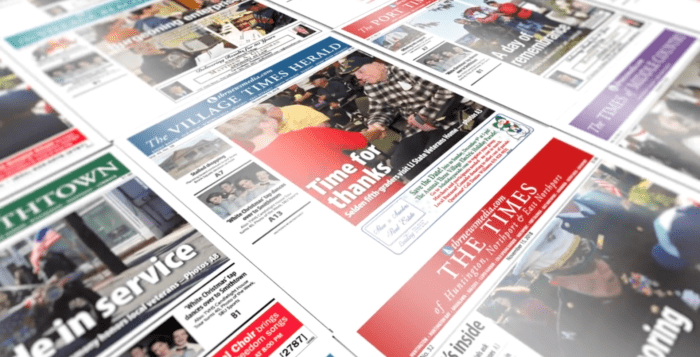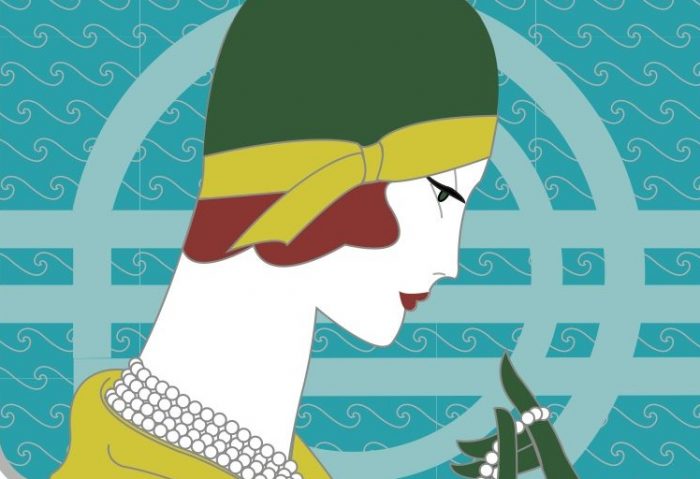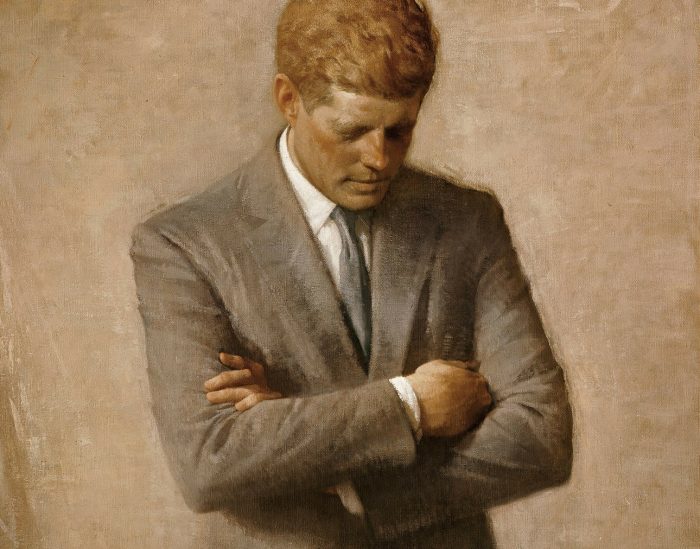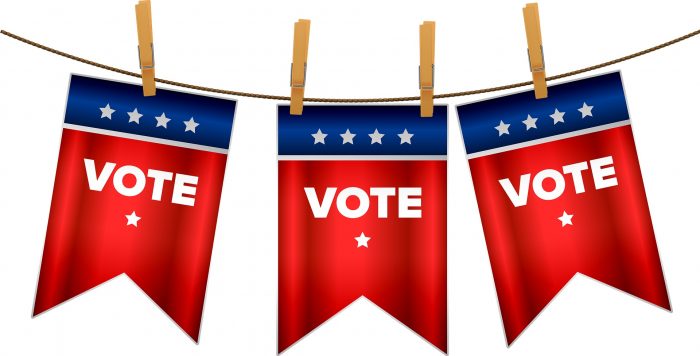By Leah S. Dunaief

As the year draws to a close, I think of the Chinese curse, “May you live in interesting times.” That would seem an apt description of the times we are living through today. Why do I say that? Let me count the ways.
For one, we have been tricked by the coronavirus. As spring faded into summer this year, we thought the pandemic was ebbing. We gathered in groups again, even without masks, visited relatives, returned to restaurants, went on vacations. Surprise! By the end of October, the virus started making itself felt again, by November, it was led by the new variant, Omicron, and now it commands the front page of newspapers and the top of the network and cable newscasts.
Yes, we have made impressive progress with vaccines and precautions, but society is still in the grip of the disease, still with some 30 percent of the population unvaccinated, still with those refusing to don masks, and now lined up not for inoculating but for testing. Testing and boosters are the new battle cry. Just as our grandparents, who were living through it, didn’t know when WWII would end, so we who are at war with the virus don’t know when the pandemic will fade into just another annoying wintertime contagion.
For another unprecedented way in recent memory that times are interesting, we have a country so divided and vehemently at odds that neighbors, friends and family members are afraid to talk politics with each other. It is such a contrast with the 9/11 era, when we all held doors open for each other, flew the American flag together and identified as one nation. “Democracy is at risk” is the new battle cry. And the threat of political violence and random shootings simmers just beneath the surface.
Meanwhile, worthy issues involving any sort of social safety net and how to provide money for them, like pre-school education and acceptable child care enabling parents to work, lie undebated in a symbolically divided Congress. It’s no wonder that the national birthrate for this past year is the lowest since 1979. That’s not just due to the pandemic but has been a trend for the last six years.
Climate change is another subject that has driven itself to top of mind this past year. Fires, the likes of which never before seen, also floods, tornadoes and melting ice caps have changed the face of the nation and have killed many residents.
And then there is racism, the shadow that has always loomed over the United States since its inception and has burst forth to claim attention across the country, spawning marches and protests. Is it better for bigotry to come out of the woodwork and be viewed in all its aspects in the clear light of day? Perhaps that is a necessary step for it to be ultimately eradicated. Until then, the atmosphere is bitter with recriminations.
There are some bright spots. Although the possibility of spiraling inflation has lately been a concern, unemployment is decidedly low and the economy has been growing. So has the stock market, while not the economy, is nonetheless a telltale of how their financial standing is perceived by residents. Stimulative monetary policy on the part of the Federal Reserve and equally generous fiscal action by the administrations of both presidents and Congress have kept civil unrest at bay. Savings rates are at a high. And the kinks in the supply chain, although most apparent now with the gift-giving demands of the holidays, will eventually be straightened out.
Furthermore, Dec. 21 is one of my favorite days because it brings with it the longest night of the year. After that, each day has a bit more light. So I hope for whatever darkness we are presently living through to lift, and I am optimistic that it will.
Until the new year, wishing you all healthy holidays filled with devotion and love.


